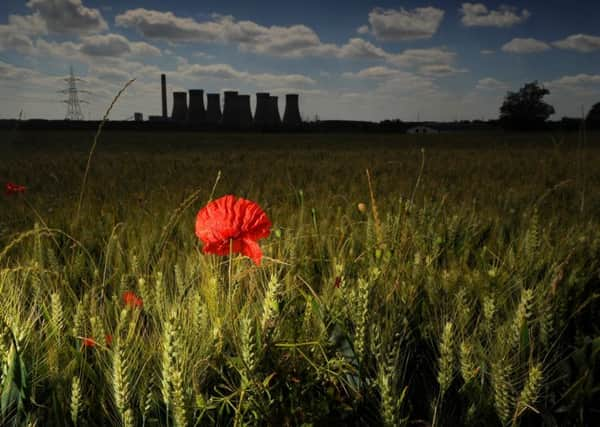The power of a poppy and why this hardy flower is far more than a battlefield symbol


Poppies have, of course, become synonymous with Remembrance Sunday and it’s now a flower more associated with battlefields than cornfields and wildflower meadows, but half a century ago swathes of poppies tapestried Britain’s farmland in summer.
They are a reminder of a countryside before chemicals did away with weeds. Two forms of warfare - one vivid red little flower. Though the common poppy (Papaver rhoeas) managed to survive in many field margins despite the advent of weedkillers.
Advertisement
Hide AdAdvertisement
Hide AdHopefully, the world will never again witness carnage on the scale of Ypres and Cambrai, and some sections of the agricultural industry have begun ease up on herbicides. Which is good news for many flowers (and birds and insects) and certainly good news for the poppy.
Their association with November’s commemorative services has led to some people to assume that it’s an autumn or winter flower, when in fact poppies are at their best during the summer months.
It isn’t just on our shores where these beautiful flowers are revered. Across the world, they are valued by various cultures and religions all for all manner of reasons.
Advertisement
Hide AdAdvertisement
Hide AdThroughout history, they have been associated with mythology, religion, politics and medicine, which has meant they have often taken on a wider symbolism.
Annual poppies are simple to grow; scatter their tiny black seeds where you want them to flower. They don’t need rich soil, although they do love the sun. Sow in April and thin out seedlings as they appear.
There are more than a hundred species in the poppy family, but it is still the remembrance poppy, inspired by the famous poem In Flanders Fields, which captivates us most.
And it’s easy to understand why.
Technical data: Nikon D3s camera, 12-24mm lens, exposure 250th sec at f8, iso 200).